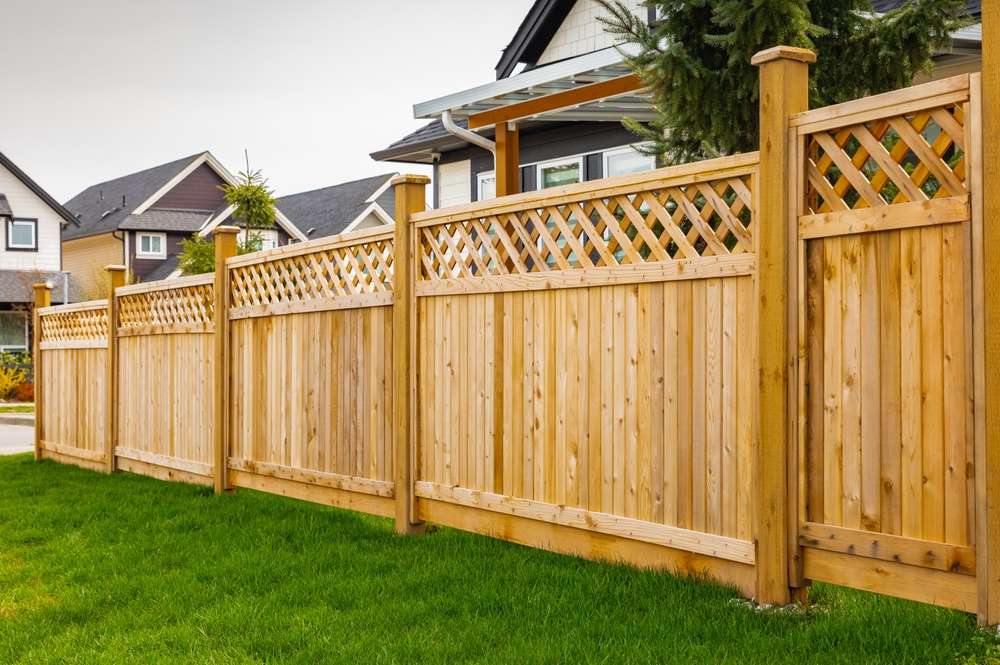DIY Vinyl Fence Installation: A Complete Guide for Homeowners
Vinyl fencing has become increasingly popular among homeowners seeking durable, low-maintenance alternatives to traditional wood or metal fencing. Unlike wood, vinyl fencing won't rot, warp, or require regular painting—making it an excellent long-term investment for property owners. While professional installation is always an option, many homeowners with basic DIY skills can successfully install vinyl fencing themselves, saving on labor costs while achieving professional-looking results. This comprehensive guide walks you through the process of installing your own vinyl fence, from initial planning to final assembly.

Introduction to Vinyl Fencing
Vinyl fencing, made from polyvinyl chloride (PVC), offers numerous advantages over traditional fencing materials. Its durability is perhaps its most appealing quality—quality vinyl fences can last 20-30 years with minimal maintenance. Unlike wood, vinyl won’t splinter, crack, or fade significantly over time. It’s also impervious to insects and resistant to mold and mildew. Vinyl fencing comes in various styles, from privacy panels to picket designs, and in multiple colors, though white and tan remain the most common options. While the upfront cost exceeds that of wood, the long-term savings on maintenance and replacement make vinyl increasingly attractive for homeowners seeking lasting solutions.
Gathering Your Materials and Tools
Before beginning your vinyl fence installation, compiling the right materials and tools is essential for a smooth project. Your materials list should include vinyl fence posts, panels, post caps, concrete mix, and gravel for drainage. For tools, you’ll need a post hole digger or power auger, level, tape measure, string line, stakes, rubber mallet, saw (preferably with a fine-tooth blade suitable for vinyl), drill, screwdriver, and safety equipment including gloves and eye protection. Consider renting specialized equipment like a power auger if you’re digging numerous post holes, especially in difficult soil conditions. Having a helper on hand will make the process significantly easier, particularly when setting posts and handling the larger fence panels.
Planning and Preparation
Proper planning is crucial for a successful vinyl fence installation. Start by checking local building codes and homeowners association rules regarding fence height, setbacks, and permits. Contact utility companies to mark underground lines before digging—this free service prevents dangerous and costly accidents. Carefully measure and stake out your fence line, marking post locations according to the manufacturer’s specifications for your chosen fence system. Most vinyl fence posts should be spaced 6-8 feet apart, depending on the panel size. Ensure corner posts are positioned at precise 90-degree angles for a professional appearance. Take time to address any grade changes in your yard, as vinyl fencing typically follows the contour of the land rather than stepping down in sections.
Installing the Fence Posts
The integrity of your vinyl fence depends largely on properly installed posts. Dig holes that are three times the diameter of your posts and at least 1/3 the height of your post length, plus 6 inches for gravel. For example, an 8-foot post would require a hole approximately 36 inches deep. Place 6 inches of gravel at the bottom of each hole for drainage. Slide the vinyl post sleeve over the metal or wood post insert that provides structural support. Position the post in the hole, checking with a level to ensure it’s perfectly plumb. Mix concrete according to package directions and pour around the post, sloping the concrete away from the post slightly to direct water away. Allow the concrete to cure for at least 24 hours before continuing with panel installation.
Attaching the Vinyl Fence Panels
Once your posts have set properly in concrete, you can begin attaching the vinyl fence panels. Most systems utilize a rail-and-panel design, where horizontal rails slide into pre-cut notches in the posts. Start at a corner or end post and work in one direction. Insert the bottom rail first, followed by pickets or panels that slide into the rail’s channel. Finally, install the top rail, locking the pickets in place. Some systems may include a middle rail for additional support, especially for taller fences. Work methodically, checking level and alignment at each step. For privacy panels, ensure they’re seated fully in the rails and posts. Use a rubber mallet rather than a metal hammer when necessary to avoid damaging the vinyl components. Follow the manufacturer’s specific instructions for your fence system, as connection methods vary between brands.
Finishing Your Vinyl Fence Installation
Complete your vinyl fence installation by adding post caps, which not only enhance the appearance but also protect the post interiors from moisture and debris. Most caps simply snap into place or are secured with a vinyl-safe adhesive. Install any gates according to the manufacturer’s instructions, paying special attention to alignment and hardware installation. Gates typically require additional bracing and specialized hardware for proper function. Once your fence is installed, clean off any dirt or fingerprints with mild soap and water. Inspect the entire fence line to ensure all components are properly secured and aligned. Though vinyl fencing requires minimal maintenance, an annual cleaning with garden hose and mild detergent will keep it looking new for many years. Address any ground settling around posts promptly to maintain stability.
Completing a vinyl fence installation project yourself offers significant satisfaction along with cost savings. While the process requires careful planning and some physical labor, the result is a durable, attractive fence that will enhance your property for decades with minimal upkeep. By following manufacturer guidelines and taking time with each step—particularly the critical post installation phase—homeowners can achieve professional-quality results that stand the test of time.






